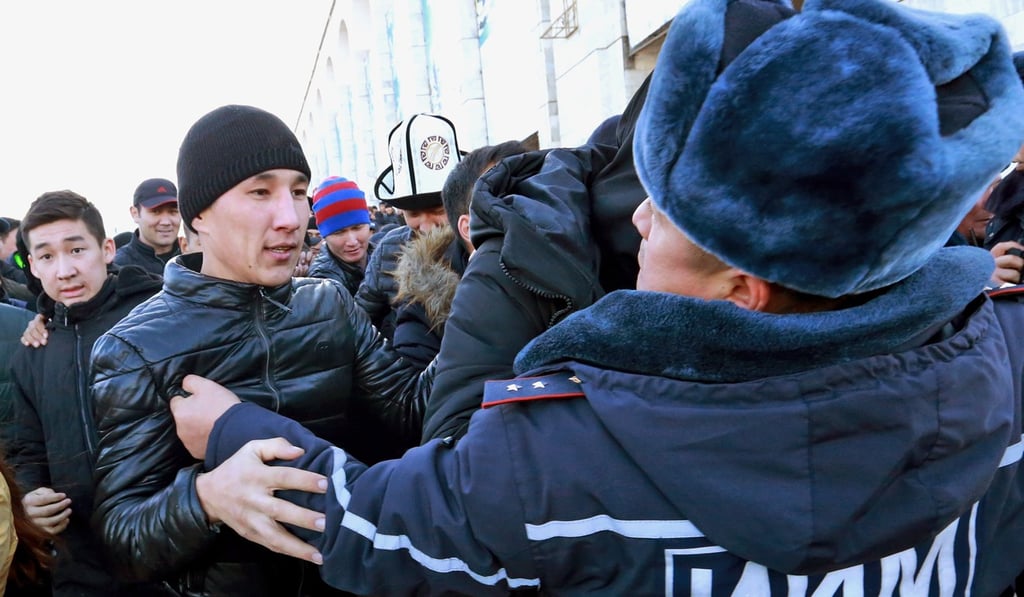China’s belt and road extends to Kyrgyzstan, but are new transport links worth all that debt?
- Beijing’s partners in Europe and Southeast Asia command much attention at this year’s Belt and Road Forum
- But there is much China-backed development in Central Asia – and much concern over whether Kyrgyzstan will pay back the billions it has borrowed

The new Chinese-built highway from Bishkek, the capital of Kyrgyzstan, to Naryn winds its way some 350km through stunning mountain scenery. But that’s not the only appeal of the new route; according to the local driver, the journey used to take more than eight hours, but now he says it takes just half that time.
Kyrgyzstan, a former Soviet republic, is a predominantly Muslim nation that is home to 6.2 million people, many of whom live a seminomadic lifestyle based on rearing livestock. Chinese companies, and sometimes Chinese labour, have built the roads in this rugged landscape, while the work has been largely financed by loans from the state-run Export-Import Bank of China (Chexim) – raising worries that the country may fall into the infamous “debt trap” that China has been accused of deploying.
“In a few years, China has become the major lender to Kyrgyzstan,” notes Dr Roman Mogilevskii, associate director of the University of Central Asia’s Institute of Public Policy and Administration (IPPA). “How to pay back these debts could become an issue.”

In a paper titled “Kyrgyzstan and the Belt and Road Initiative” published this month, Mogilevskii argues that Kyrgyzstan could become a major beneficiary of the belt and road plan, but warns that 42 per cent of the government’s external debts – comprising 24 per cent of its GDP – are owed to Chexim.